Few household problems are as frustrating as discovering your toilet is leaking, especially when you can’t tell where it’s coming from. Maybe you’ve noticed water collecting around the base, a tank that refills nonstop, or a faint dripping sound that won’t quit.
Whatever the sign, one thing’s clear: a leak means something inside your toilet system isn’t sealing, connecting, or flowing the way it should.
While some leaks are easy to pinpoint, others can hide behind small cracks, worn washers, or loose fittings. Left unaddressed, even a minor leak can waste water and quietly damage your floors over time.
The experts at PlumbingWurx break down what’s really happening when your toilet starts leaking, so you can stop the water at the source and keep your plumbing running reliably.
TLDR: What’s Causing Your Toilet to Leak
- Most toilet leaks come from worn parts like wax rings, loose bolts, cracked tanks, or aging seals that let water escape from the base, tank, or supply line.
- A leaking toilet can cause hidden water damage and higher bills if not fixed quickly, especially when leaks appear at the floor or between tank and bowl.
- Running toilets usually indicate a bad flapper, faulty fill valve, or incorrect float level—issues that waste water each day.
- Temporary fixes include shutting off the water supply, flushing once, soaking up water, and avoiding use until a plumber can assess the issue.
- Professional repair is essential for leaks at the base, as reseating the toilet and replacing the wax ring or flange requires precision to prevent future damage; regular inspections help prevent leaks altogether.
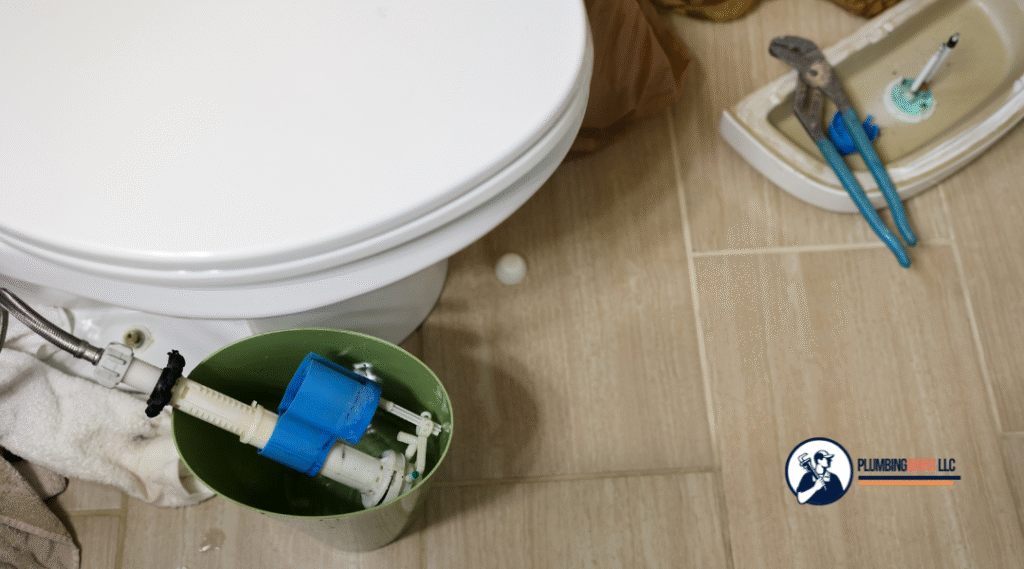
Common Reasons Your Toilet Is Leaking
A leaking toilet can stem from several small issues that often go unnoticed until water damage appears. In most cases, leaks happen because of worn or loose parts that have simply aged over time. Common culprits include degraded seals, cracks in the tank, or improper installation of key components.
Identifying where the water is coming from, whether it’s around the base, the tank, or the connecting lines, can help pinpoint the problem quickly and prevent further damage to your flooring and plumbing system.
Worn-Out Wax Ring Causing Toilets to Leak at the Bottom
The wax ring is a soft, watertight seal between your toilet’s base and the drainpipe beneath it. Over the years, this ring can harden, crack, or become misaligned, especially if the toilet shifts slightly from movement or improper installation. When the wax ring no longer forms a perfect seal, water escapes at the base every time you flush.
You may notice puddles or a musty smell near the floor. Replacing the wax ring is usually the best fix, and a professional plumber can ensure it’s properly reseated and sealed to prevent recurring leaks.
Loose Bolts or Cracked Tank Leading to a Toilet Leaking at the Base of the Tank
If you see water dripping from where the tank meets the bowl, the problem could be as simple as loose bolts or as serious as a cracked porcelain tank. The bolts and rubber washers that hold the tank in place can loosen over time, allowing water to leak through when the toilet refills or flushes.
Tightening the bolts carefully often resolves this, just don’t over-tighten, as that can cause the porcelain to crack. If a crack is already present, the safest solution is to replace the tank before the leak worsens or causes a sudden break.
Faulty Connections or Seals That Let Water Escape
Your toilet relies on several seals and connection points to function properly: between the tank and bowl, the water supply line, and the shut-off valve. Even a small gap or worn-out gasket can allow water to seep out slowly, often showing up as moisture around the back or sides of the toilet.
Over time, rubber seals dry out and fittings loosen, especially in older toilets. Regularly inspecting these connections can catch problems early. When tightening fittings or replacing seals doesn’t solve the issue, a professional same-day inspection ensures that no internal cracks or hidden damage are being overlooked.
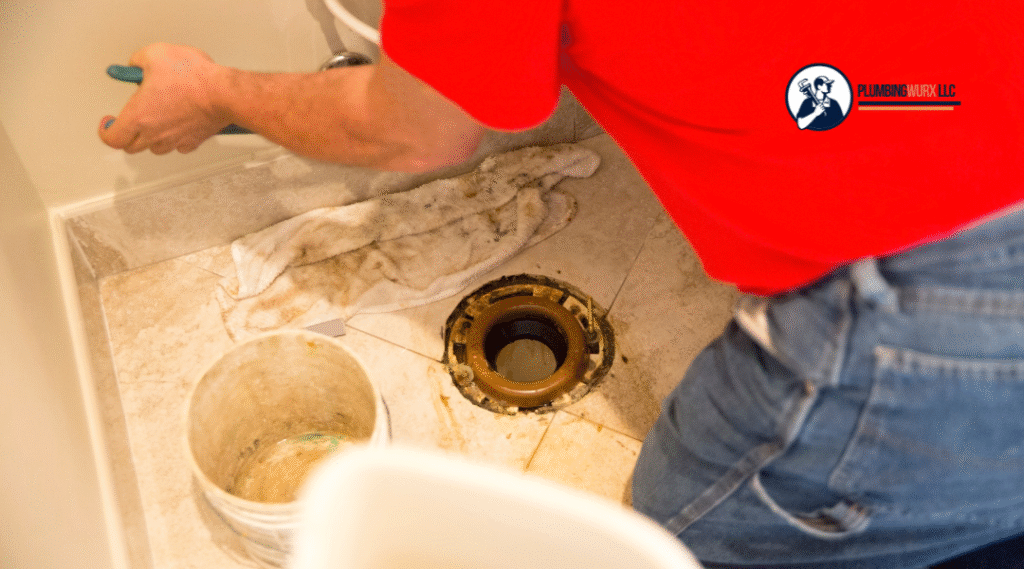
Why Your Toilet Keeps Running After Flushing
A toilet that keeps running after you flush is one of the most common plumbing issues homeowners face, and while it might seem harmless, it can waste hundreds of gallons of water each day. The constant running sound means that water is continuously escaping from the tank into the bowl, forcing the fill valve to keep refilling it.
Most often, this happens because of:
- A worn or misaligned flapper: The rubber flapper inside the tank controls water flow from the tank to the bowl. If it’s old, warped, or not sealing correctly, water leaks through continuously.
- A faulty fill valve: If the fill valve doesn’t shut off when the tank is full, water keeps flowing in, raising your water bill and risking overflow.
- An incorrect float level: The float determines how much water fills the tank. If it’s set too high, the tank overfills and drains continuously through the overflow tube.
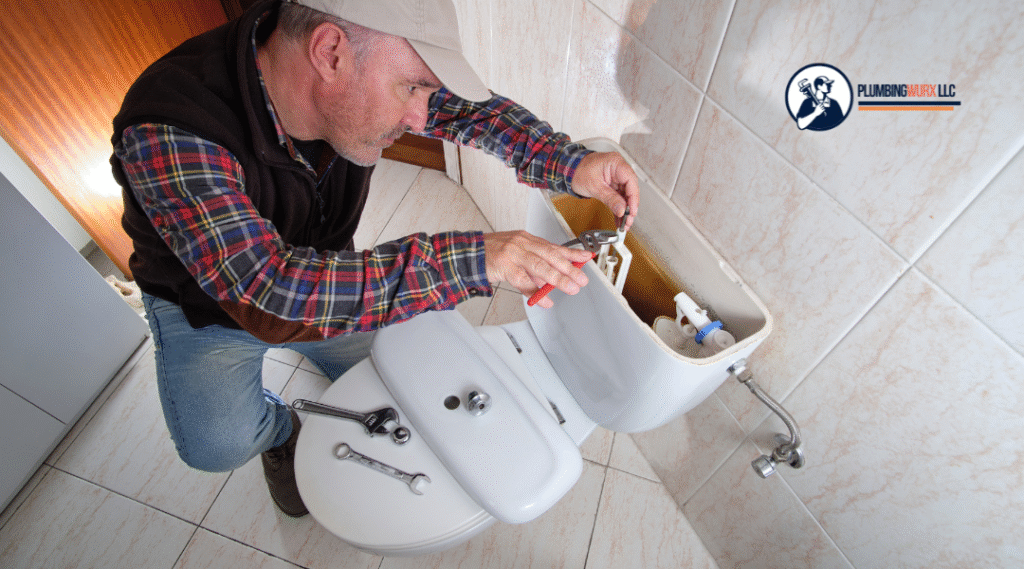
When to Call PlumbingWurx for Professional Help
While some minor toilet leaks can be handled with DIY fixes, persistent or recurring leaks are best left to the professionals.
Our licensed plumbers can quickly identify hidden issues, such as cracks in the porcelain, loose drain fittings, or corroded connections, which are easy to overlook. Professional help also ensures the repair is done safely and correctly, protecting your floors, subfloor, and plumbing system from long-term damage.
How to Stop a Toilet Leaking Water from the Bottom Temporarily
If your toilet is leaking from the bottom and you can’t get immediate help, there are a few steps you can take to minimize water damage until a plumber arrives. First, turn off the water supply using the shut-off valve located behind or beside the toilet. Then, flush once to empty most of the tank and bowl water.
You can soak up any remaining water with towels and place a waterproof barrier or small container under the leak to catch drips. Avoid using the toilet until it’s repaired, as continued use can worsen the problem and lead to damage to your flooring or subfloor.
Why a Toilet Leaking from the Bottom Requires Expert Repair
A toilet leaking from the bottom often points to a failing wax ring or a damaged flange, both of which are critical for creating a watertight seal between the toilet and drainpipe. Fixing these parts requires lifting and reseating the toilet, a process that must be done precisely to prevent future leaks or alignment issues.
If the problem is misdiagnosed or the toilet isn’t resealed correctly, it can lead to ongoing water loss, mold growth, and structural damage to your bathroom floor. That’s why expert repair from PlumbingWurx isn’t just convenient, it’s the most reliable and cost-effective solution.
Preventing Future Toilet Leaks with Regular Plumbing Maintenance
Preventing leaks before they start is the best way to protect your home and save money. Routine plumbing inspections can catch early signs of wear, like loose fittings, weakened seals, or small cracks, before they turn into major repairs.
The experts at PlumbingWurx recommend scheduling regular maintenance to check all toilets, faucets, and supply lines for leaks, corrosion, or water pressure issues.
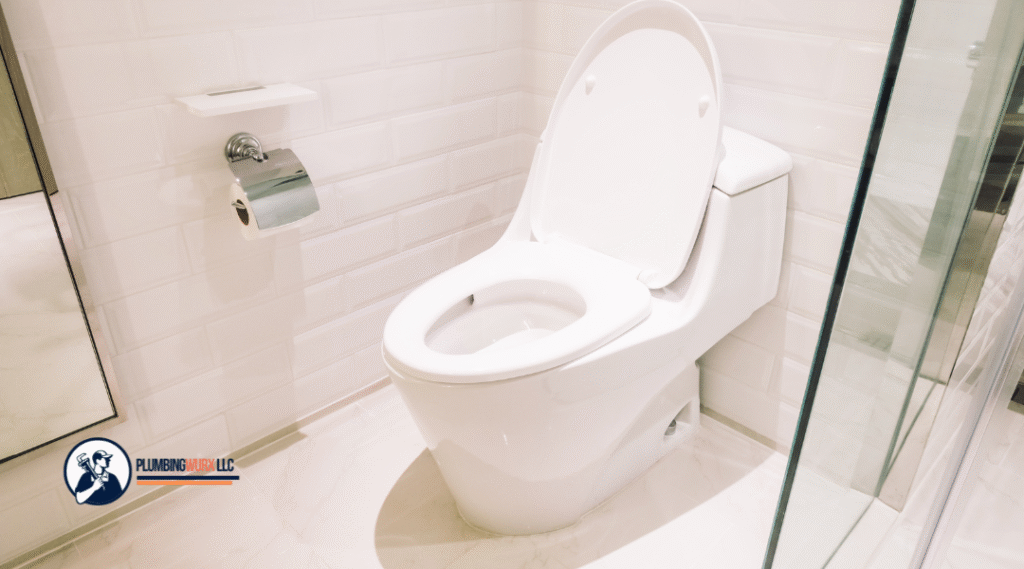
Trust PlumbingWurx for Fast, Reliable Repairs in Hagerstown!
A simple annual tune-up helps extend the life of your plumbing system, improves efficiency, and keeps your bathroom dry, safe, and worry-free.
Contact us today at (301) 264-7577 or visit us at 1044 Virginia Ave, Hagerstown, MD 21740.
We’re a family-owned business and pride ourselves on our quality craft and top-notch customer service!

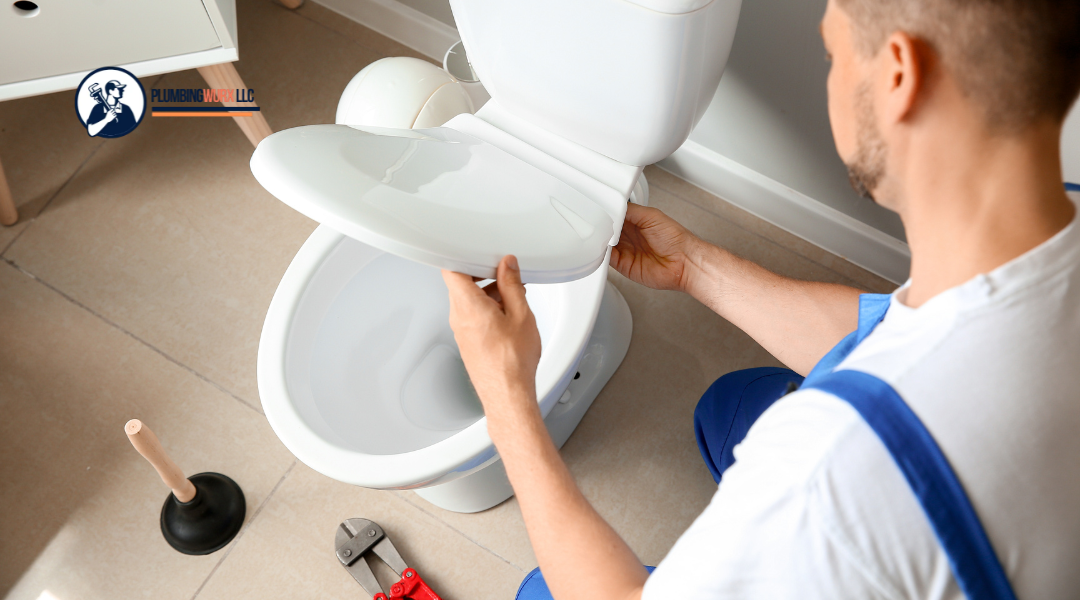

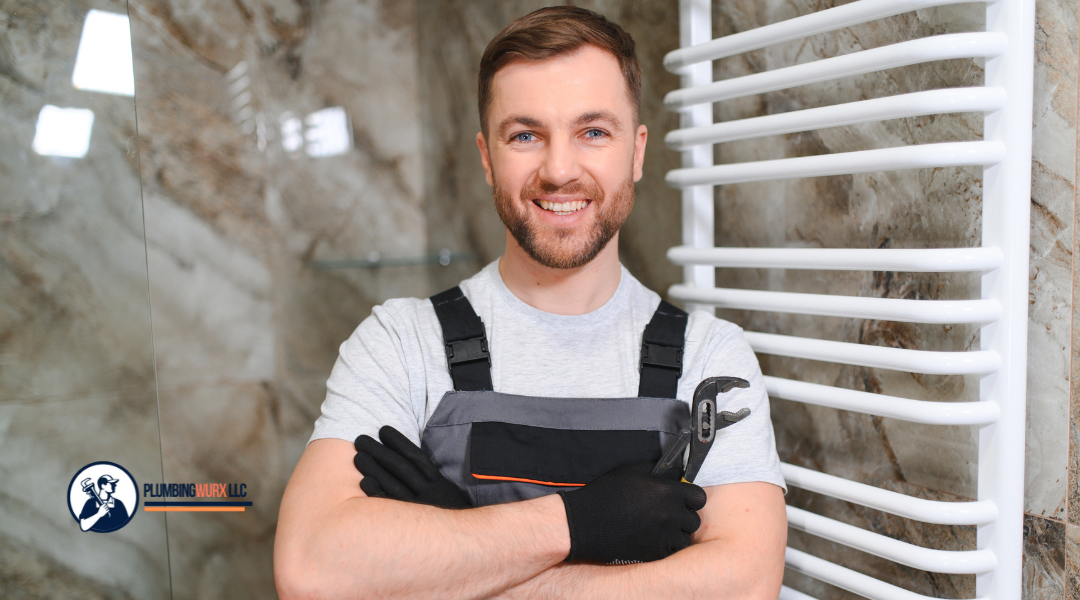








0 Comments